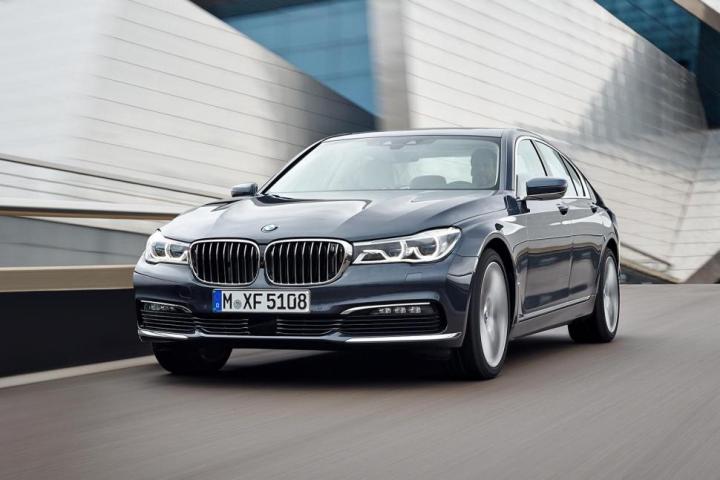
The engine is called B57 TOP internally. Technical details are still few and far between so it’s difficult to say whether it will use three conventional exhaust-driven turbos and an electric unit, or simply four old-fashioned exhaust-driven turbos. Similarly, BMW could choose to install two large turbos that kick in at higher rpms and two smaller ones for lower rpms, or it could use four different-sized turbos.
Regardless of which configuration is chosen, German enthusiast website Bimmertoday predicts the quad-turbocharged oil-burner will make about 408 horsepower and 590 foot-pounds of torque in its initial state of tune. These figures don’t represent huge increases over the current tri-turbo mill, but the new engine is expected to boast a much wider power band and it will be noticeably more responsive. Additionally, the quad-turbo setup will virtually eliminate turbo lag, especially if it incorporates an electric turbo.
The B57 TOP will exclusively be available with an eight-speed automatic transmission controlled by shift paddles and BMW’s time-tested xDrive all-wheel drive system.
If the report is accurate, the B57 TOP engine will likely make its debut at next year’s edition of the Geneva Motor Show under the hood of the 2016 750d xDrive. It will eventually make its way to the X5 M50d, the X6 M50d, and the next generation of the M550d, and we wouldn’t be surprised to see it power BMW’s upcoming range-topping X7 crossover.
All of the aforementioned models will primarily be designed for buyers in Europe, so whether the super-diesel will join the BMW lineup in the United States is an open question.



